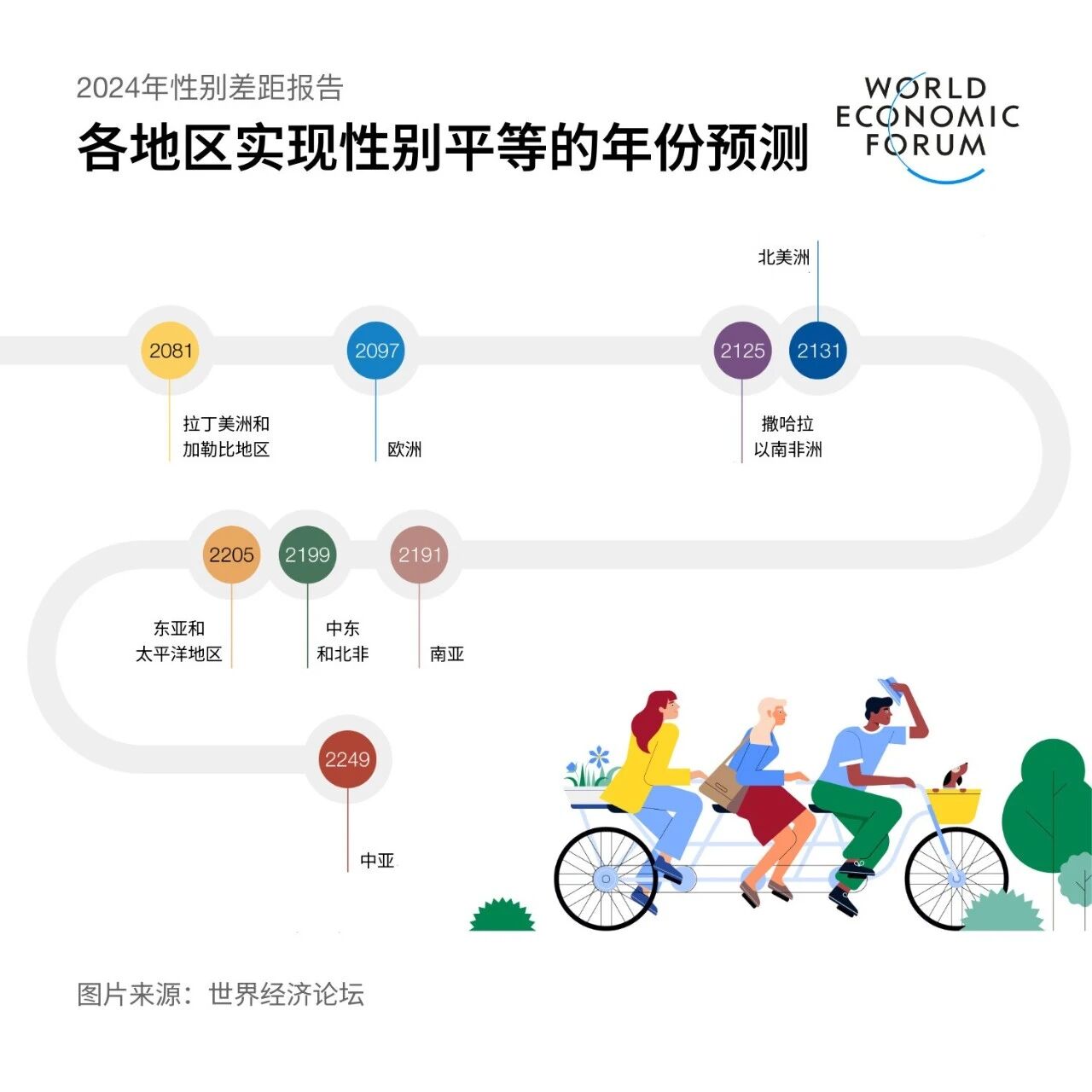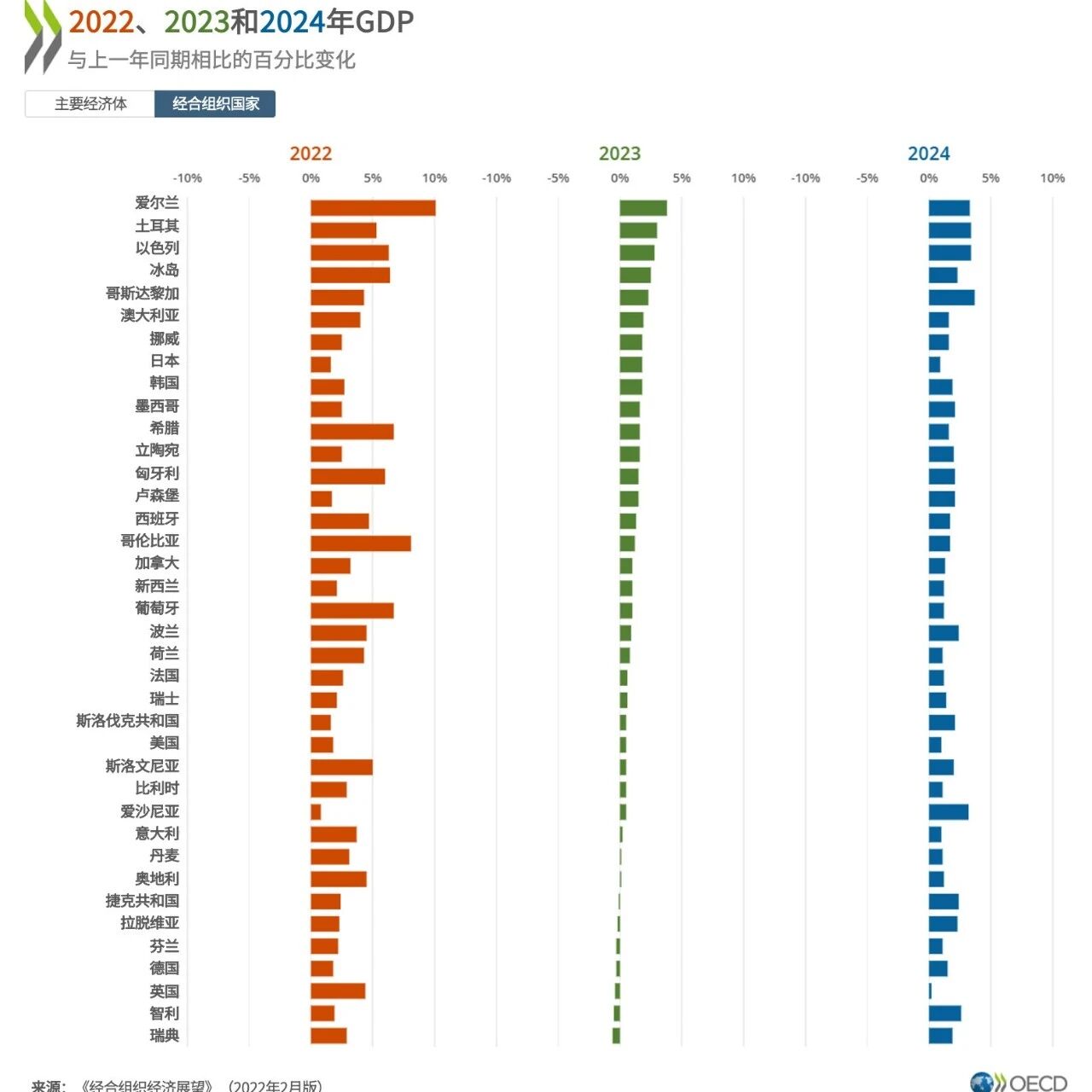Artificial Intelligence Driving Scientific DiscoveryBoth elastocaloric cooling technology and conventional refrigeration techniques were selected as among the Top 10 Emerging Technologies of 2024.
Image source:World Economic Forum
Sebastian Buckup
Member of the World Economic Forum's Executive Committee
Stephan Kuster
Head of External Affairs at Frontiers
The World Economic Forum's 2024 report"The Report on Ten Emerging Technologies"Listed this year's most influential emerging technologies.
This technology list outlines how artificial intelligence is accelerating scientific research, with a particular focus on applications in areas such as health, communications, infrastructure, and sustainable development.
Artificial intelligence driving scientific discovery, carbon-capture microorganisms, and elastocaloric cooling technology have all been named among the Top 10 Emerging Technologies of 2024.
In this rapidly evolving, ever-changing world of ideas, which emerging technologies should decision-makers, entrepreneurs, and citizens focus on in the coming years?The latest report, "The Top 10 Emerging Technologies of 2024," jointly released by the World Economic Forum and Frontiers, unveils a future brimming with limitless possibilities. This year's report—now in its 12th edition—takes a more comprehensive approach, drawing on insights from over 300 leading global experts, including members of the World Economic Forum’s Global Future Councils and the University & Researcher Network, as well as the members of the Ten Emerging Technologies Steering Group.Combining expert insights and data analysis, the report ensures a deep understanding of each technology's potential impact in addressing multiple global challenges—ranging from advancements in materials science to transformative breakthroughs in medical technology.Here are the key technologies mentioned in the report.In a world that urgently needs to reduce energy consumption and is on the cusp of 6G, how can we make the growing demand for instant data access—and its supply—more sustainable?Intelligent Metasurface(RIS) optimizes wireless communication links through dynamic reconfiguration, while leveraging metamaterials, intelligent algorithms, and advanced signal processing to control and manipulate electromagnetic waves.Designed to enhance capacity and connectivity while prioritizing environmental sustainability, RIS can transform ordinary walls and other surfaces into smart components within wireless networks.So, how is this technology impacting everyday life? Telecommunications is RIS's primary application area. The report predicts that RIS can make radio wave communication in smart factories and vehicular networks more reliable and efficient, while also expanding communication coverage in agricultural environments.Leveraging the latest solar, battery, lightweight composite, and avionics technologies,High-Altitude Platform Communication System(HAPS) systems are poised to enhance communication and observation capabilities. Typically flying at an altitude of about 20 km above the ground—whether as balloons, airships, or fixed-wing aircraft—the HAPS system offers connectivity, coverage, and performance that surpass those of ground-based towers and satellites, making it especially beneficial in remote regions around the globe.HAPS innovative infrastructure is expected to connect over 2.6 billion people across 100 countries to the internet, creating opportunities for education and economic growth.In addition to enhancing digital inclusion, HAPS can also be deployed rapidly, playing a critical role in emergency situations.In a world brimming with sensing and communication devices, it's inevitable that some functional overlaps will occur.Integrated Communication and Sensing(ISAC) technology integrates all capabilities into a single system, enabling simultaneous data collection and transmission while enhancing both cost efficiency and hardware performance—and opening up new possibilities for applications.ISAC enables wireless networks to sense their surroundings, supporting functionalities like localization, environmental mapping, and infrastructure monitoring. For instance, sensors and data analytics can be used to track air and water quality, soil moisture levels, and weather conditions. Practical applications include monitoring systems for smart agriculture, environmental protection, and urban planning, as well as smart grids designed to optimize energy generation and consumption.Artificial Intelligence Driving Scientific DiscoveryThe accelerated advancement of artificial intelligence (AI) and its implications for scientific research have been this year’s most significant technological breakthroughs—no surprise, really. For decades, scientists have been exploring how AI can enhance both knowledge and capability, and recent breakthroughs in areas like deep learning, generative AI, and foundational models are now dramatically accelerating the pace of scientific discovery and prediction.Artificial Intelligence Driving Scientific DiscoveryDeep MindAlphaFoldAI3DAI,,(PCAST):“AI,”





